Reliable Backup Power for Critical Industrial Systems
Reliable batteries are essential to ensure that industrial systems operate as expected, protecting people, property, and the environment. Time-tested technologies like nickel cadmium pocket plate batteries are widely used due to their proven performance and cost-effectiveness. However, some users express concerns about the more complex charging requirements compared to lead-acid batteries. In response, ongoing research and development efforts have aimed to simplify charging and improve overall usability.
Performance in Harsh Environments
Backup batteries used in challenging industrial environments must be dependable under extreme conditions. These batteries are often deployed in remote and difficult locations—such as offshore oil and gas platforms, unmanned utility substations, and highly automated manufacturing sites.
In these settings, batteries play a vital role in:
-
Ensuring safe shutdown of plant systems
-
Powering process control equipment
-
Maintaining continuity of mission-critical operations
-
Supporting switchgear reconfiguration
-
Bridging the gap until backup generators activate
-
Protecting data centers
-
Powering fire alarms, emergency lights, and security systems
These demanding applications are further complicated by limited accessibility, strict safety standards, and the need for highly skilled technicians.
Evolving to Simplify Standby Power
Modern pocket plate nickel batteries—like Saft’s Uptimax series—have been redesigned to offer improved charging characteristics without compromising reliability. This enhanced chargeability allows for simpler charger configurations.
Traditionally, nickel batteries required a wide charging voltage range, with chargers delivering an initial boost charge followed by a float charge. This dual-level charging demanded the use of additional components, such as voltage-dropping diodes, to switch between charging modes based on the battery’s voltage rise as its State of Charge (SOC) increased.
Saft’s recent advancements—developed by its teams in Bordeaux, France and Oskarshamn, Sweden—focus on refining the battery’s electrochemistry. These updates enable Uptimax batteries to charge within a narrow voltage window of 1.39 V/cell, making them fully compatible with standard DC charging systems. Additionally, the batteries can reach 95% SOC in just 8 hours at 1.45 V/cell, ensuring quick recharging and minimal downtime.
A New Standard for Nickel Battery Charging
Since September 2018, Saft has fully transitioned to the new, narrow-voltage Uptimax models. The feedback from industrial users has been overwhelmingly positive, as the simplified charging brings both cost savings and operational efficiency.
Because only the internal electrochemical materials have been upgraded, the external mechanical design remains unchanged. This means Uptimax batteries can be installed as direct replacements for both older nickel batteries and lead-acid systems, offering seamless integration and continued compatibility with existing spare parts.
Focus on Future Enhancements
While the elimination of dual-level charging is a significant milestone, Saft continues to innovate. The current focus is on further reducing maintenance requirements and lowering operating costs, without compromising on the core values of safety and reliability. SAFT SBM, SBH, SBLE, SPH











